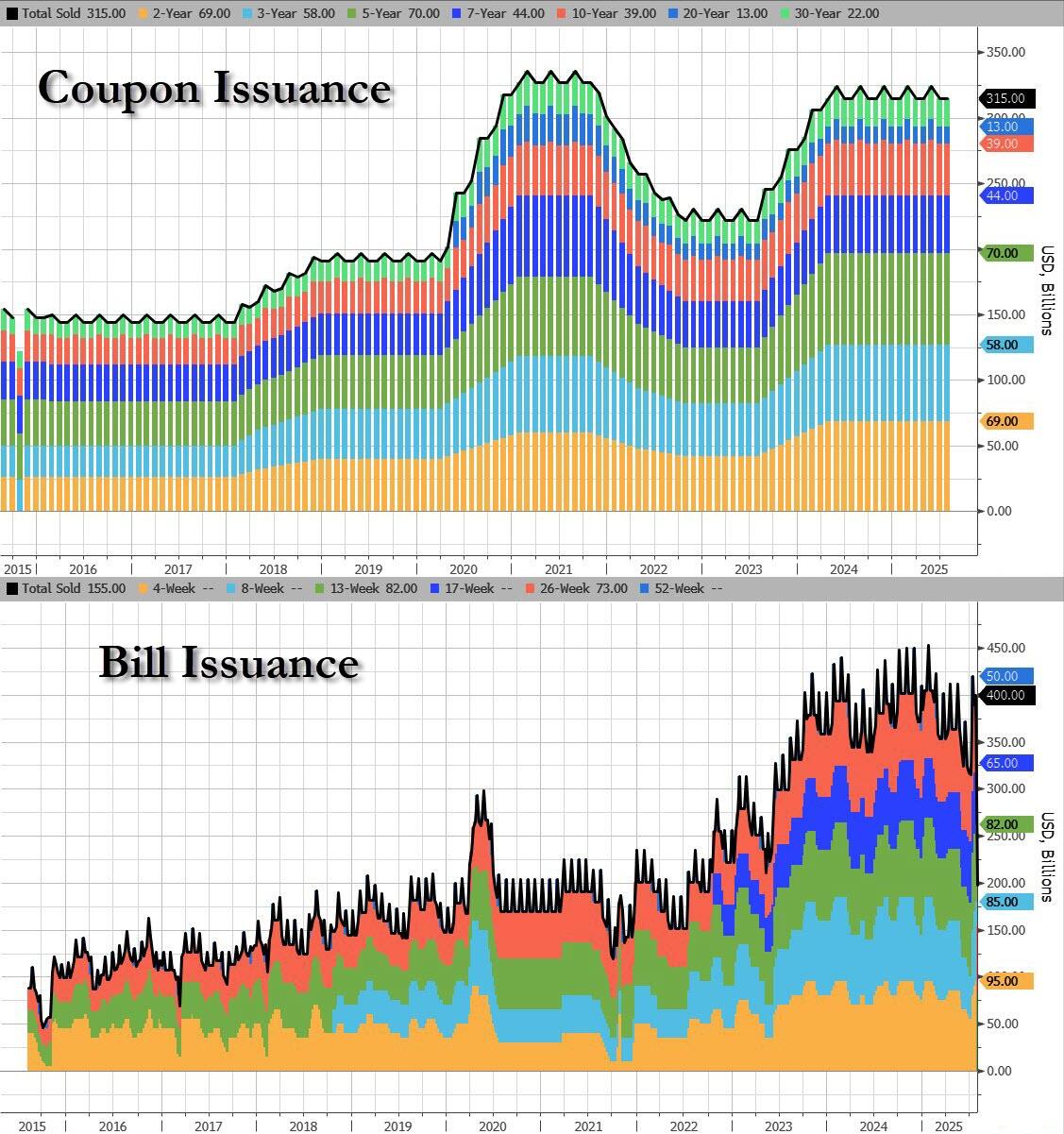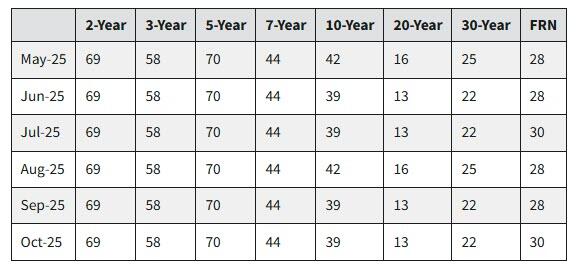From Bloomberg, July 31:
In rolling out the most aggressive tariff regime in the US in nearly a century, President Donald Trump has leaned heavily on emergency powers that had never been used before to impose import taxes.
Two federal courts ruled in May that he wrongfully invoked the International Emergency Economic Powers Act to justify sweeping “reciprocal” duties targeting America’s trading partners, as well as separate levies aimed at China, Canada and Mexico. The Trump administration has appealed both decisions and oral arguments for one case are scheduled for July 31 at the US Court of Appeals for the Federal Circuit.
The IEEPA tariffs remain in effect for now and the appeals process is likely to go all the way to the Supreme Court. If they’re ultimately deemed unlawful, the vast majority of the tariffs Trump has imposed so far in his second term could come undone.
But there are other means by which his tariffs campaign could continue. While the Constitution gives Congress the power to levy taxes and duties, lawmakers have delegated some of their authority to the executive branch through a number of statutes. These laws give Trump at least five fallback options to try to justify his tariffs....
***
....In general, these alternatives come with more limits and procedural restrictions, meaning there’s less leeway for Trump to impose tariffs virtually immediately and set the rates as high as he chooses.
“The difference between them is how much process they require,” said Ted Murphy, co-leader of the global arbitration, trade and advocacy practice at law firm Sidley Austin. “Why they chose IEEPA, I think in part, was because it comes with no required process. It’s a determination that the president can make on his or her own initiative: There’s no hearing, there’s no report, there’s no nothing.”
Section 232 of the Trade Expansion Act of 1962
What it permits:
Section 232 gives the president power to use tariffs to regulate the import of goods on national security grounds.
Limitations:
These tariffs can’t be imposed instantly — the president can only act after an investigation by the Commerce Department determines that importing these products threatens to impair national security. After a probe is initiated, the Commerce Secretary must report the conclusions to the president within 270 days.
Read more: What to Know About the Legal Battle Over Trump’s Tariffs
Unlike the blanket tariffs Trump imposed using IEEPA, Section 232 is designed to be applied to imports in individual sectors, rather than from entire countries. There’s no cap on the level of the duties or their duration.
Current uses:
Trump used Section 232 to set tariffs on steel and aluminum imports in 2018 during his first term in office. He resumed his focus on these two industrial metals upon returning to the White House, leaning on the findings of the 2018 investigations to impose 50% tariffs. He also introduced levies on imports of automobiles and auto parts based on the conclusions of a Section 232 investigation completed in 2019.
Trump directed the Commerce Department in February to open a Section 232 investigation into copper imports and after receiving the findings announced that a 50% tax would be charged on deliveries of semi-finished and so-called derivative copper products from Aug. 1.
There could be more Section 232 tariffs on the way. The Commerce Department still has open investigations into the national security effects of imports of timber and lumber, semiconductors, pharmaceuticals, trucks, critical minerals, commercial aircraft and jet engines, polysilicon (a key raw material for solar panels), and unmanned aircraft systems.
Section 201 of the Trade Act of 1974
What it permits:
Section 201 authorizes the president to impose tariffs if an increase in imports is causing or threatening serious injury to American manufacturers.
Limitations:
Section 201 tariffs can’t be rolled out immediately either. The US International Trade Commission must first conduct an investigation and has 180 days after a petition is filed to deliver its report to the president. Unlike the Section 232 probes, the ITC is required to hold public hearings and solicit public comments. Section 201 is also focused at the industry level rather than broad taxes on all imports from trading partners.
The tariffs are capped at 50% above the rate of any existing duties. They can be imposed for an initial period of four years and extended to a maximum of eight years. If the levies are in place for more than a year, they must be phased down at regular intervals.
Current uses:
Trump used Section 201 to place tariffs on imports of solar cells and modules, as well as residential washing machines in 2018. The solar tariffs were extended and modified by President Joe Biden; the washing machine tariffs expired in 2023....
....MUCH MORE





